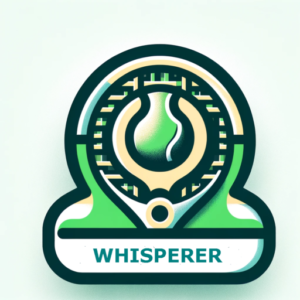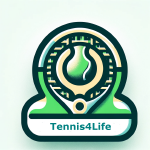Dead Butt Syndrome
What is Dead Butt Syndrome?
If you spend long hours sitting, your glute muscles can become weak and stop activating properly.
This condition, known as Gluteal Amnesia or Dead Butt Syndrome (DBS), can lead to:
✔ Lower back pain
✔ Knee pain & joint stress
✔ Reduced mobility & slower first step
✔ Hamstring tightness & frequent strains
For tennis players, inactive glutes mean slower movement, poor balance, and less power in shots.
Why Should Tennis Players Care?
Your glutes stabilize your hips, provide explosive power, and improve balance. When they aren’t working efficiently:
- Your first step slows down, making it harder to reach shots.
- You lose power, especially when pushing off for serves and ground strokes.
- Balance suffers, affecting footwork and quick directional changes.
A weak foundation increases the risk of injury and reduces overall performance on the court.
Signs You Might Have Dead Butt Syndrome
- Stiffness after long periods of sitting
- Tight hamstrings or lower back pain after playing
- Struggles with balance or quick movements
- Slow or weak first step when reacting to shots
If you experience these symptoms, your glutes may not be activating properly.
How to Fix Dead Butt Syndrome
Step 1: Daily Glute Activation (5-Minute Routine)
To wake up your glutes, perform these simple exercises:
- Glute Bridges – 3 sets of 10 reps (hold & squeeze at the top)
- Clamshells – 2 sets of 15 reps per side (activates side glutes)
- Standing Glute Squeeze – Squeeze glutes for 10-15 seconds multiple times a day
🔹 Tip: Stand up every 30-50 minutes to reactivate your glutes and prevent stiffness.
Step 2: Improve Footwork & Agility
To reinforce glute activation in movement, add these drills to your warm-up:
- Side Shuffle Drill – Improves lateral movement & glute activation
- Eye Foot Drill – Enhances footwork & hip flexibility
- Cross Over-Step Drills – Improves reaction time & movement speed
Step 3: Strength Training for Explosive Movement
Stronger glutes mean faster movement, better power transfer, and reduced injury risk. Add these to your workout routine:
- Squats & Lunges – 3 sets of 12 reps
- Single-Leg Glute Bridges – 2 sets of 10 per leg
- Hip Thrusts – One of the most effective exercises for building strong glutes




